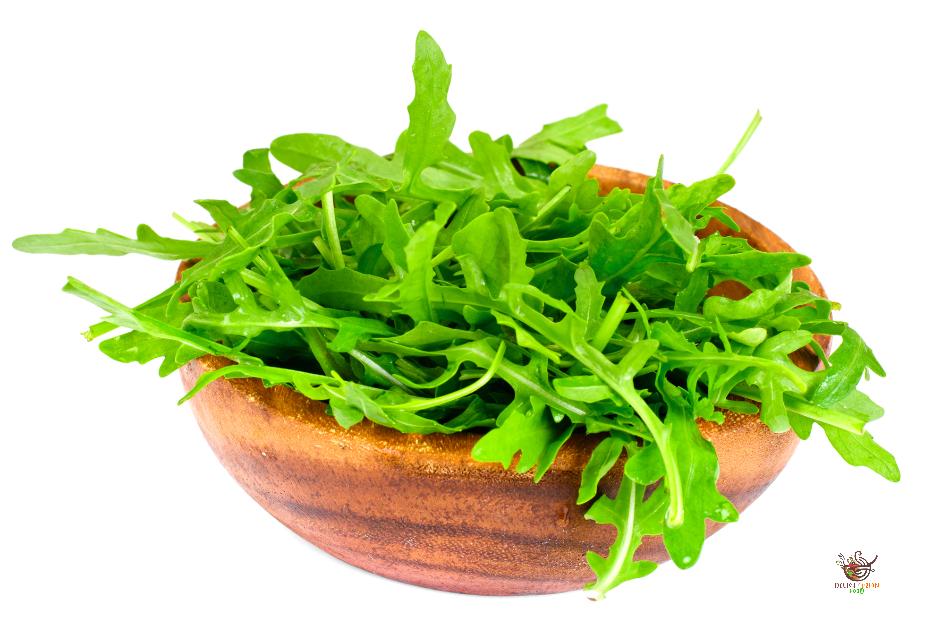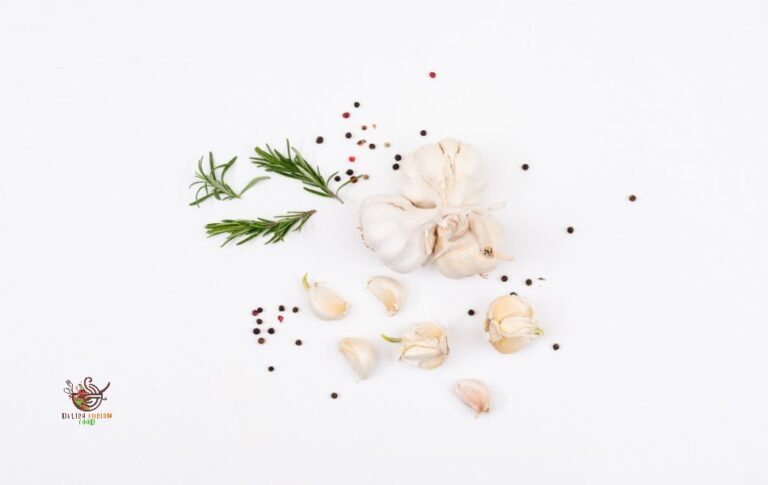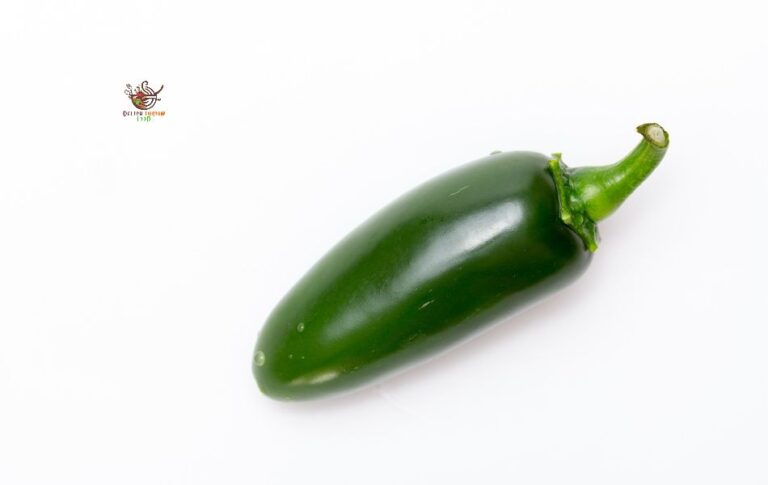Arugula Substitutes: Discovering Fresh Greens
While shopping for salad ingredients, you might think about substituting arugula. In the following sections, I’ll suggest a few alternatives. These greens won’t work in every arugula dish, but I’ll share my tips for a tasty meal. Stay with me to discover more!
Arugula: What is it?
Arugula, also called rocket or roquette, belongs to the Brassicaceae family, similar to cabbage and cauliflower. It’s a flavorful and slightly bitter salad green. Baby arugula, harvested earlier like baby spinach, has a milder taste but retains the distinctive arugula flavor. It can easily substitute regular arugula in recipes for those who prefer a gentler taste.
Taste Profile
Arugula, a leafy green, boasts a unique, slightly bitter, and peppery flavor. As it matures, its taste becomes tangier and spicier. Its peppery notes make it a favored addition to salads, soups, and sandwiches, while the bitterness enriches various dishes.
Nutritional Benefits
This nutrient-packed vegetable is a rich source of vitamins and minerals like calcium, iron, magnesium, and potassium, along with high levels of vitamins C, K, and A. Brimming with antioxidants and proteins, arugula is considered a superfood, and beneficial for heart health.
Culinary Usage
Highly versatile, arugula is a staple in Italian cuisine, often found in Caesar salads, pizzas, and as a side. It boosts the flavor and nutrition of soups and stews. Additionally, it serves as a fresh topping for pizzas, sandwiches, and various recipes.
Varieties of Arugula
Arugula comes in various forms, known as rucola or Italian cress. Baby arugula, ideal for salads, offers a mild and tender taste. In contrast, mature arugula, better for cooking, has a strong flavor. Arugula leaves can be flat or slightly serrated and vary in color from light to dark green. This nutritious and flavorful vegetable is a valuable addition to any diet. Its peppery, bitter taste makes it versatile in recipes, and its rich nutrient content promotes heart health, classifying it as a superfood.
Arugula Substitutes
The distinctive bitter and peppery flavor of arugula is not for everyone. If you seek a substitute, there are options available. Whether you prefer a similar bitter taste or something milder, there are various easy-to-use alternatives. They can be substituted in a 1:1 ratio for arugula, although their physical volume might differ. Adjust the amount as desired.
Each substitute also brings its own nutritional benefits, providing a healthy mix of vitamins and minerals.
Spinach
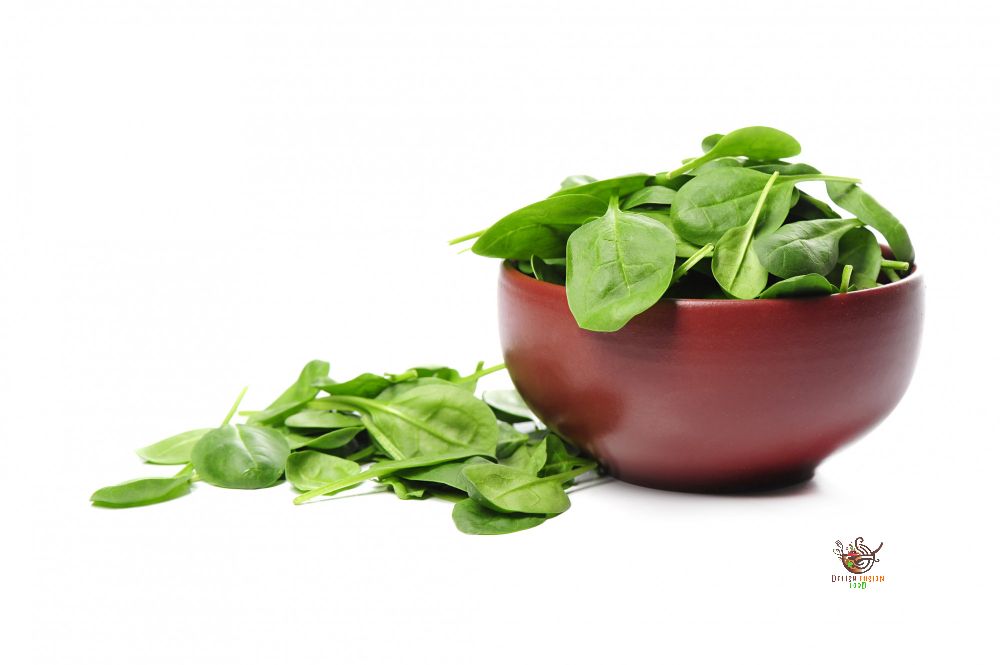
Spinach, a dark green leafy vegetable, is a popular and milder alternative to arugula. It can be consumed raw or cooked, making it a versatile substitute. Widely available in grocery stores and possibly already in your kitchen, spinach is an easily accessible and quick replacement. Despite its larger and rounder leaves, spinach works well in dishes – shrinking when cooked or chopped for salads.
Baby Spinach
Baby spinach is an excellent alternative to arugula, packed with nutrients such as potassium, iron, folate, and vitamins A, C, and K. Harvested early in its growth cycle, baby spinach is tender and sweeter compared to regular spinach. Its mild taste is versatile and suitable for various dishes like mixed greens, smoothies, soups, pasta, eggs, and sandwiches. Whether cooked or raw, baby spinach offers a satisfying texture. Additionally, it is low in fat, with a high water content of nearly 90%, and tends to be more cost-effective than arugula.
Dandelion greens
Dandelion greens, often considered a pesky weed, are edible and rich in Vitamins A, K, and C, as well as folate, calcium, and potassium. They make an excellent arugula substitute with a slight bitterness when consumed raw, while younger leaves offer a milder taste.
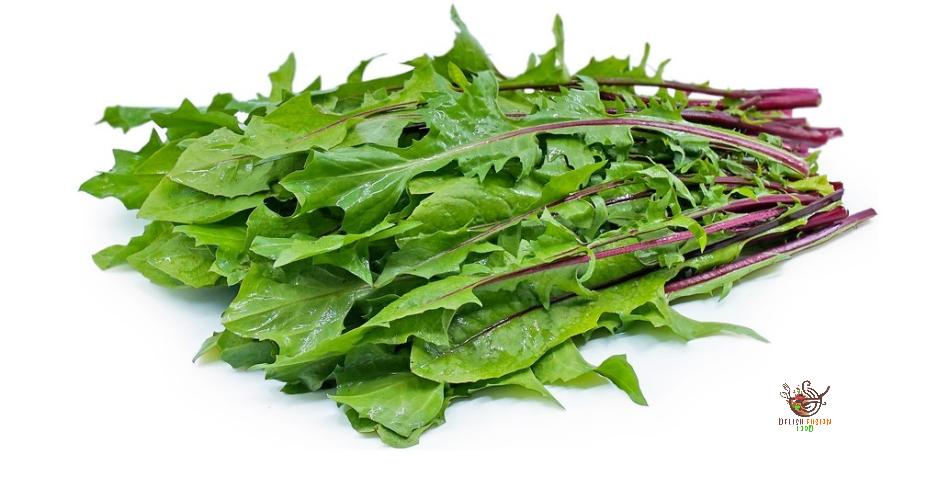
Like arugula, sautéing dandelion greens reduces their bitterness, making them nearly indistinguishable in cooked dishes. You can sauté them with garlic and herbs for a simple side dish or add them to your morning scrambled eggs for an extra nutrient boost.
Although dandelion greens grow widely, be cautious about picking them from just anywhere, as they might be exposed to pesticides. It’s safer to purchase them from reputable sources like a farmer’s market or grocery store.
Watercress
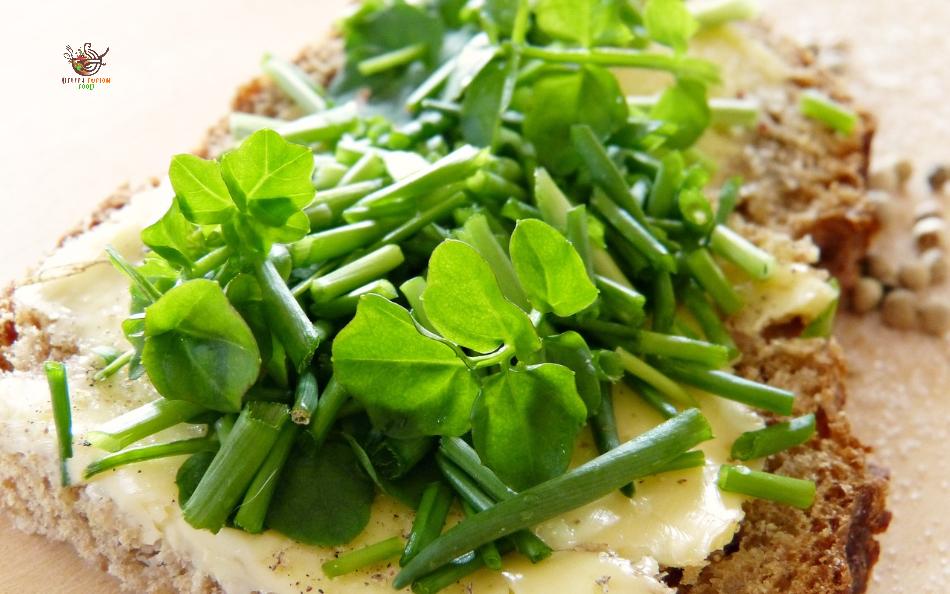
To achieve a mild flavor resembling arugula, consider purchasing a watercress from the store. Despite belonging to the cabbage family like arugula, it closely resembles arugula’s appearance.
Watercress, milder than arugula, provides a fresh, bright flavor that pairs well with similar dishes, minus the peppery kick.
Frisee
Frisee, though resembling lettuce, belongs to the chicory family and has slightly different leaf shapes. Known for its bitter taste and hints of pepper, it’s an excellent replacement for arugula in salads. Its leaves and flavor closely resemble the look, texture, and taste of arugula.
Endive
Endive, with a texture similar to cabbage, offers a slightly bitter, earthy taste. It’s excellent shredded in salads and complements other greens like frisée. In soups, it serves well as a substitute for arugula. While cooking, the endive’s flavor softens and remains robust in soups.
Kale
Kale, alongside spinach, is currently a popular vegetable, partly due to the trend of baking kale leaves for chips. Its resilience to heat sets kale apart, making it a sturdy alternative to arugula in soups, stews, and pasta sauces as it holds its shape well.

Despite having a distinct and bitter taste, kale differs from arugula. If you dislike the taste of arugula, you might not favor kale. But for those who enjoy a robust flavor, try kale as a substitute.
Purslane
Purslane, a dark green vegetable, differs in appearance from arugula. It’s more like a succulent leaf, with a juicy center when you bite into it. While not commonly on hand, it’s an excellent flavor substitute for arugula. Purslane resembles arugula in taste and can be used in similar ways, whether raw or cooked.
Mache
Mache is sometimes called “corn salad” due to its origin in corn fields. It resembles spinach more than corn, with small, flat round leaves. Its appearance and mild flavor are similar to spinach. Unlike arugula, mache offers a slightly nutty and sweet taste. While not an exact match for arugula, it serves as a unique alternative, particularly for those seeking a break from arugula’s bitterness.
Radicchio
Radicchio is a lively alternative if you desire the bold bitterness and peppery flavor of arugula, along with a striking purple color. As part of the chicory family, it’s sturdier compared to substitutes like endive or escarole and has a texture more akin to cabbage. For a vibrant and lively replacement, use chopped radicchio in salads or cooked dishes.
Radish Greens
Radish greens, the leafy tops of radishes, offer a pleasant peppery taste. Often discarded, these greens are edible and can be used as a substitute for arugula. Remove the green tops from a bunch of radishes in your garden or fridge to use them as an arugula alternative.
Escarole
Belonging to the chicory family, escarole is a suitable substitute for arugula, known for its bitter flavor. Resembling lettuce but with sturdier leaves compared to frisee, it’s a good alternative in soups, stews, and salads.
Radish sprouts
Radish sprouts are milder than peppery radish greens or arugula. Despite their mild taste, these microgreens provide vitamins and minerals similar to arugula. Other options like broccoli and alfalfa sprouts can also replace arugula. Whether it’s radish sprouts or another microgreen, enjoy these small leafy veggies best when raw.
Romaine Lettuce
Romaine lettuce, commonly used in salads, makes a great replacement for arugula, whether eaten raw or cooked. With large green leaves and a crunchy texture, it’s perfect for Caesar salads or lettuce cups. It’s low in calories and packed with Vitamins A, K, and folate. Romaine is a popular choice due to its easy availability and longer shelf life in the fridge.
Red Leaf Lettuce
Red leaf lettuce stands out among milder lettuces like romaine, iceberg, and butter for its mild bitterness. While it’s not as strong as arugula, it offers a hint of bitterness, making it a good substitute. Suitable for cold dishes, especially salads, it’s not recommended for hot dishes.
Basil
Basil, an herb, serves as a surprising substitute for arugula in various recipes like pesto, as a pizza topping, or mixed into soups. Its bright, fresh taste pairs well with other greens in salads. Due to its strong flavor, use less basil compared to arugula in recipes. Used in combination with other ingredients rather than as the main component, an all-basil salad might taste odd.
Bok Choy
Bok Choy, also called Chinese cabbage, is milder than regular cabbage and can replace arugula in similar recipes. It’s an excellent choice for those seeking a very mild flavor with the benefits of a vegetable.
Substitutes for Arugula Based on the Dish Type
- Salad: Consider watercress, baby spinach, baby kale, dandelion greens, mixed greens, or romaine lettuce.
- Sandwiches: Opt for watercress, baby spinach, mixed greens, dandelion greens, escarole, romaine lettuce, or frisée.
- Pesto: Use basil, watercress, or baby spinach.
- Soup: Try kale, endive, baby spinach, escarole, or radicchio.
- Pizza: Try romaine, baby spinach, or basil.
See Also – How to Freeze Pumpkin Blossoms for Year-Round Delight
To sum up, spinach, watercress, dandelion greens, and romaine lettuce make great arugula substitutes. They offer similar flavors and health benefits. While arugula is common in Mediterranean cuisine, Asian dishes often feature watercress and dandelion greens for their fresh flavors and unique nutrients. Consider the flavor and texture of substitutes to complement your dish. Experimenting with these alternatives can add variety and nutrition to your meals.

